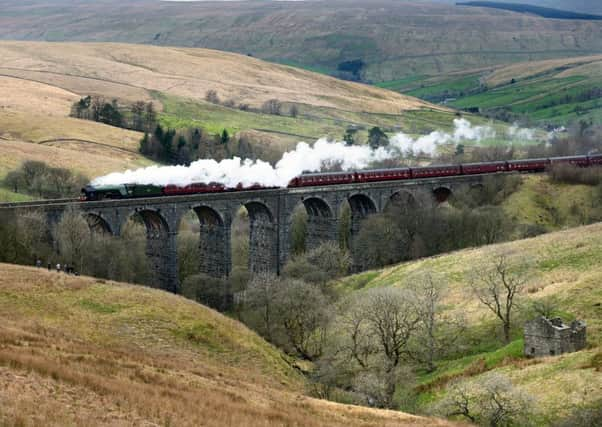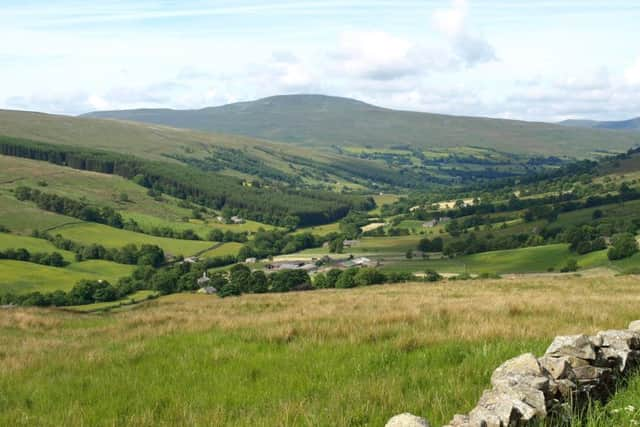Heritage lives on in Dentdale


Once home to thousands, it has around 800 residents within a ten-mile radius today.
Like many rural retreats set in iconic countryside such as this, an outbreak of second home ownership, spiralling land values and declining local industries have seen some families relocate elsewhere.
Advertisement
Hide AdAdvertisement
Hide AdIts make up may have changed but there is still plenty of interest to be found in and around this village. It retains its cobbled streets, has a blacksmith’s shop, art gallery, cafes and two pubs, the Dales Way passes through and the mighty Dent Head Viaduct stands nearby.


Built between 1869 and 1875, the viaduct forms part of the Settle to Carlisle Railway, is 100ft high, 199 yards long and boasts 10 arches.
A model railway recreating this famous route is one of many intriguing features at Dentdale Heritage Centre, founded in the village by Margaret and Jim Taylor. It tells the story of working lives and social customs of Dales folk who have called the area their home, so that while times may have changed, Dentdale’s history continues to live on.
Most of its exhibits are from the Dales and many are from the Taylors’ own collection. The pair, of High Laning Farm, a caravan and camping site and a beef and sheep enterprise run by their son Martin, have self-funded the centre for about 40 years having converted and extended a structure that once served as a filling station.
Advertisement
Hide AdAdvertisement
Hide AdMuch has changed in that time, Mrs Taylor said. “I can remember the first three holiday homes here. They were weekend retreats really but they have become more and more. Saying that, the balance has come back a bit. There are more retired people living here, although this has affected the balance of the community. There are only 27 children at the local school.”


Explaining how the heritage centre started, she said: “I got a legacy which made it possible for us to renovate the building. I’ve always been a hoarder and there is a wealth of historic heritage here in the village.”
The centre includes a reconstructed scene of an Edwardian kitchen, contains farming and rural craft equipment and tools, and recounts how Dentdale once had a thriving cottage when the area was a powerhouse of hand-knitting; which peaked during the Napoleonic Wars when the government sought supplies of warm clothing.
The so-called ‘terrible knitters of Dent’ were famed for their incredible dexterity and speed and their special tools are displayed at the centre as well as a collection of old photographs.
FACTS
Advertisement
Hide AdAdvertisement
Hide AdDent is the birthplace of Adam Sedgwick in 1785, one of the founders of modern geology. A memorial fountain in the village commentates this.
The local area was quarried in the late 18th century when a valuable black crinoidal limestone was found, known as Dent Marble, and it was used to build Dent Head Viaduct.
Each June, the Dent Music and Beer Festival attracts visitors to the village.